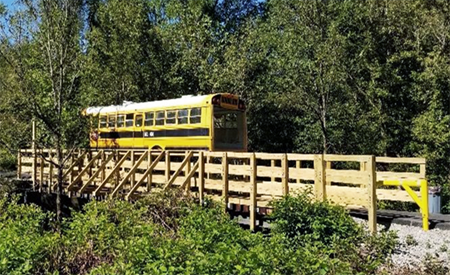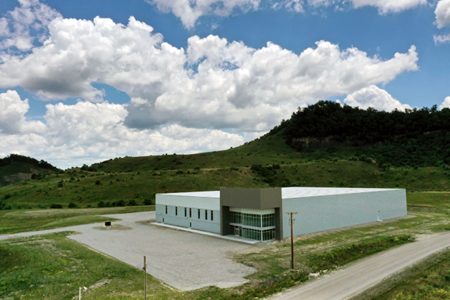Supporting Information:
- KY Model Procurement (KRS Chapter 45A) - The Model Procurement Code is designed to increase public confidence in public procurement; provide increased economy in procurement by fostering effective competition; provide safeguards and integrity in the procurement system; simplify, clarify and modernize the law governing purchasing; and permit continued development of purchasing policies and procedures.
- 2025 OSMRE AMLER Guidance - Guidance for project eligibility under the Abandoned Mine Lands Economic Revitalization program for fiscal year 2025.
- Real Property Purchase Guidelines - Real property purchase guidelines for AMLER projects
- Equipment Guidance - Equipment guidance for AMLER projects
- Office of Surface Mining Reclamation and Enforcement (OSMRE) - The Office of Surface Mining Reclamation and Enforcement (OSMRE) is a bureau within the United States Department of the Interior. OSMRE is responsible for establishing a nationwide program to protect society and the environment from the adverse effects of surface coal mining operations, under which OSMRE is charged with balancing the nation’s need for continued domestic coal production with protection of the environment.
- OSMRE 2016 - 2019 AMLER Report - As of November 30, 2019, the Abandoned Mine Land Reclamation Economic Development Pilot Program (AML Pilot) has been authorized by Congress for four fiscal years with the purpose of reclamation of abandoned mine lands in conjunction with economic and community development and reuse goals.
Previous Recipients of AMLER Program Grants

• Phase I— $2,500,000: Interior renovation for the training program to certify students as National Institute of Metalworking Skills (NIMS) Computer Numerical Control (CNC) Machinists.
• Phase II—$1,000,000: Exterior grounds improvements of the eKAMI facility to correct drainage issues and to improve access and parking.

• $1,950,000
• The rails to trails project consisted of the conversion of a 11.4 mile abandoned railroad track into an asphalt-paved hiking, biking, walking, horseback riding trail, to include several bridges at creek crossings, that leads from the City of Prestonsburg to the City of David in Floyd County.

• $4.78 Million
• The project proposed to implement/construct the Pikeville Medical Center's (PMC) Children’s Hospital and Pediatric Clinic to be established within the footprint of the existing PMC/hospital campus. AMLER funds were used for needed renovations of approximately 13,420 sq.ft. of the total designated square footage for the new facility.
• Offer Regional Pediatric Services for a 23 County Area.

Kentucky Enterprise Industrial Park - KEIP
• $6 Million
• AMLER funding was used to design and construct a one-story approximate 50,000 square foot industrial speculative building at the Kentucky Enterprise Industrial Park at the City of Pikeville.
• To be occupied by Wright Concrete